Fairfield School of Business: Business Decision Making Report (BA5F01)
VerifiedAdded on 2023/01/12
|19
|767
|29
Report
AI Summary
This report, prepared for Fairfield School of Business's FdA Business BA5F01 module, focuses on business decision-making. It begins with an introduction highlighting the significance of data collection and interpretation in a competitive market. The report then details primary data collection methods, including questionnaires and surveys, and analyzes the collected data from 30 Lidl customers, addressing questions about customer demographics and spending habits. Secondary data collection involves gathering information from various sources, such as books and the internet, to compare Lidl with its competitors (Tesco, Sainsbury's, Asda, and Morrisons). The analysis of secondary data reveals Lidl's market position and sales strategies. Key findings emphasize customer-focused product offerings and frequent discounts. Recommendations include strategic store locations and increased online presence. The report concludes by underscoring the importance of market research in formulating effective strategies. References from academic sources are also included.
1 out of 19

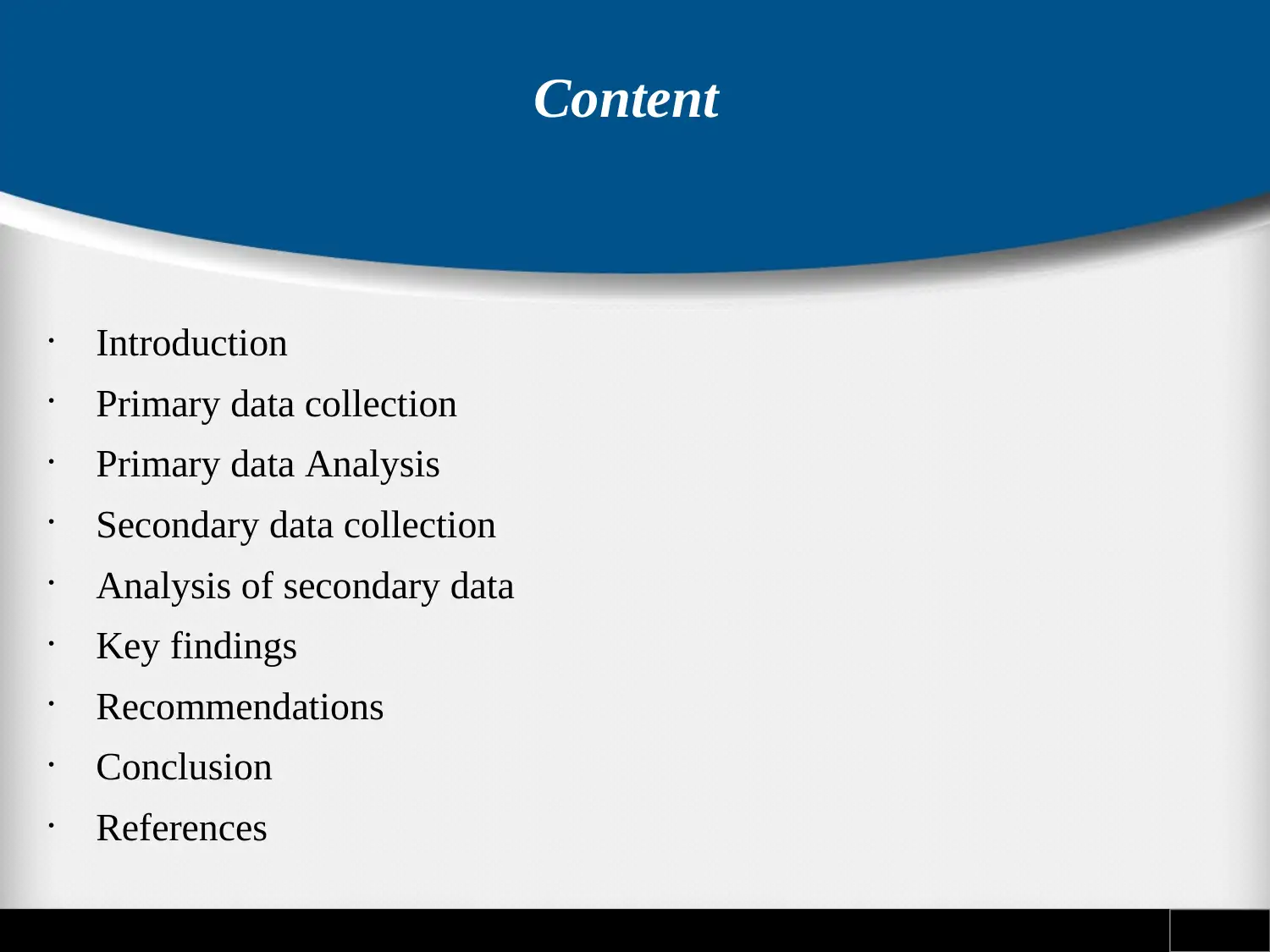
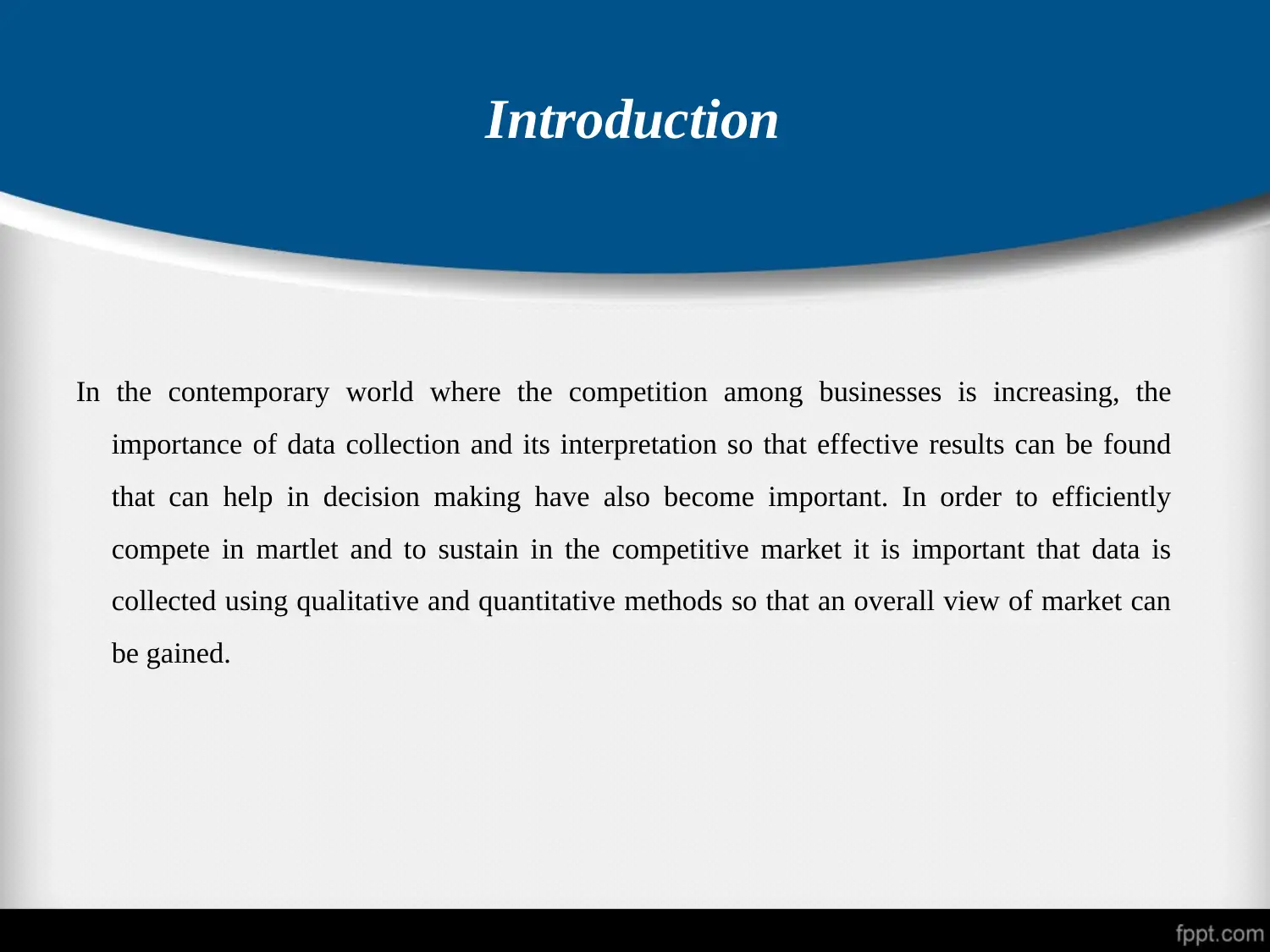


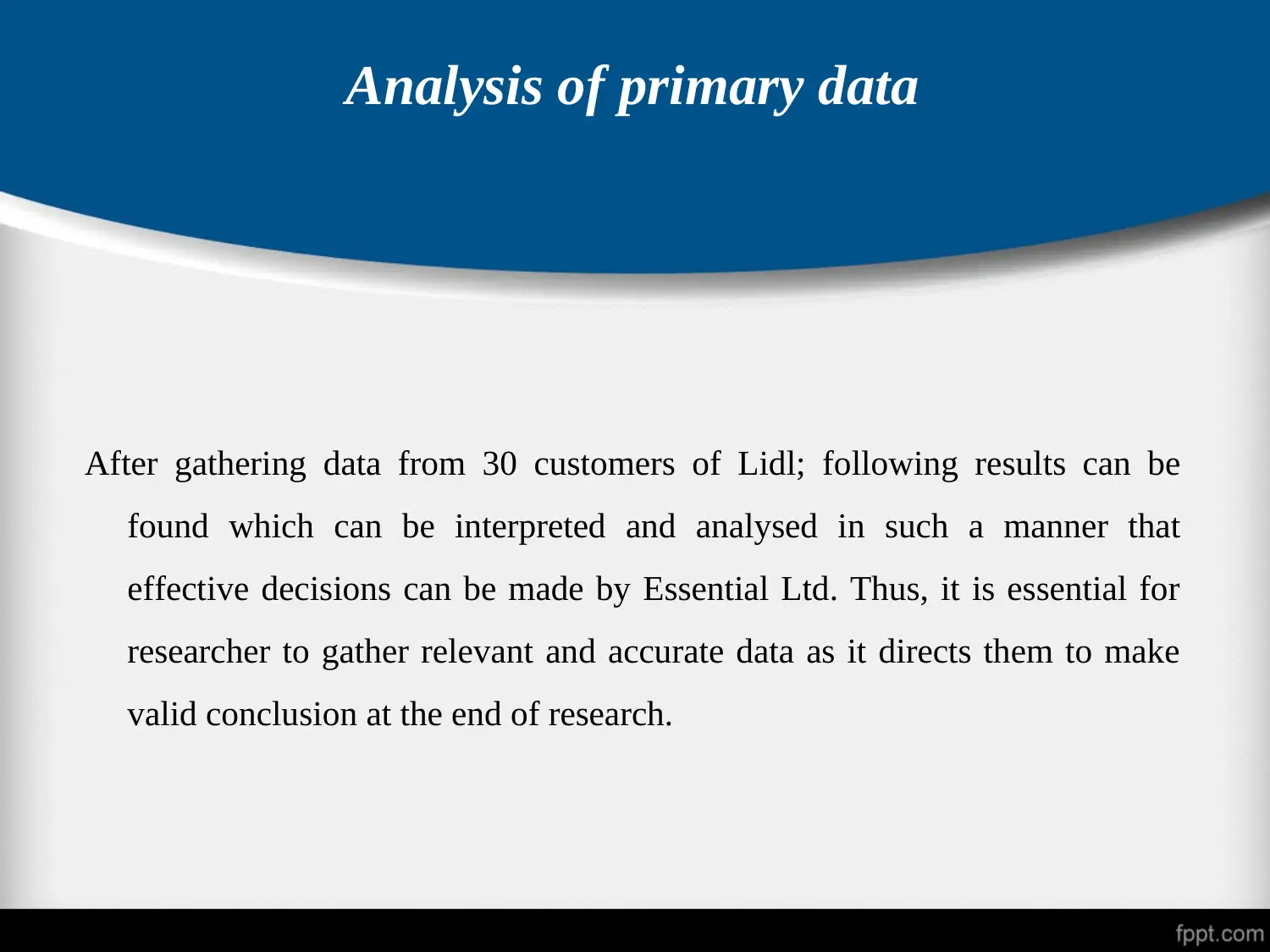
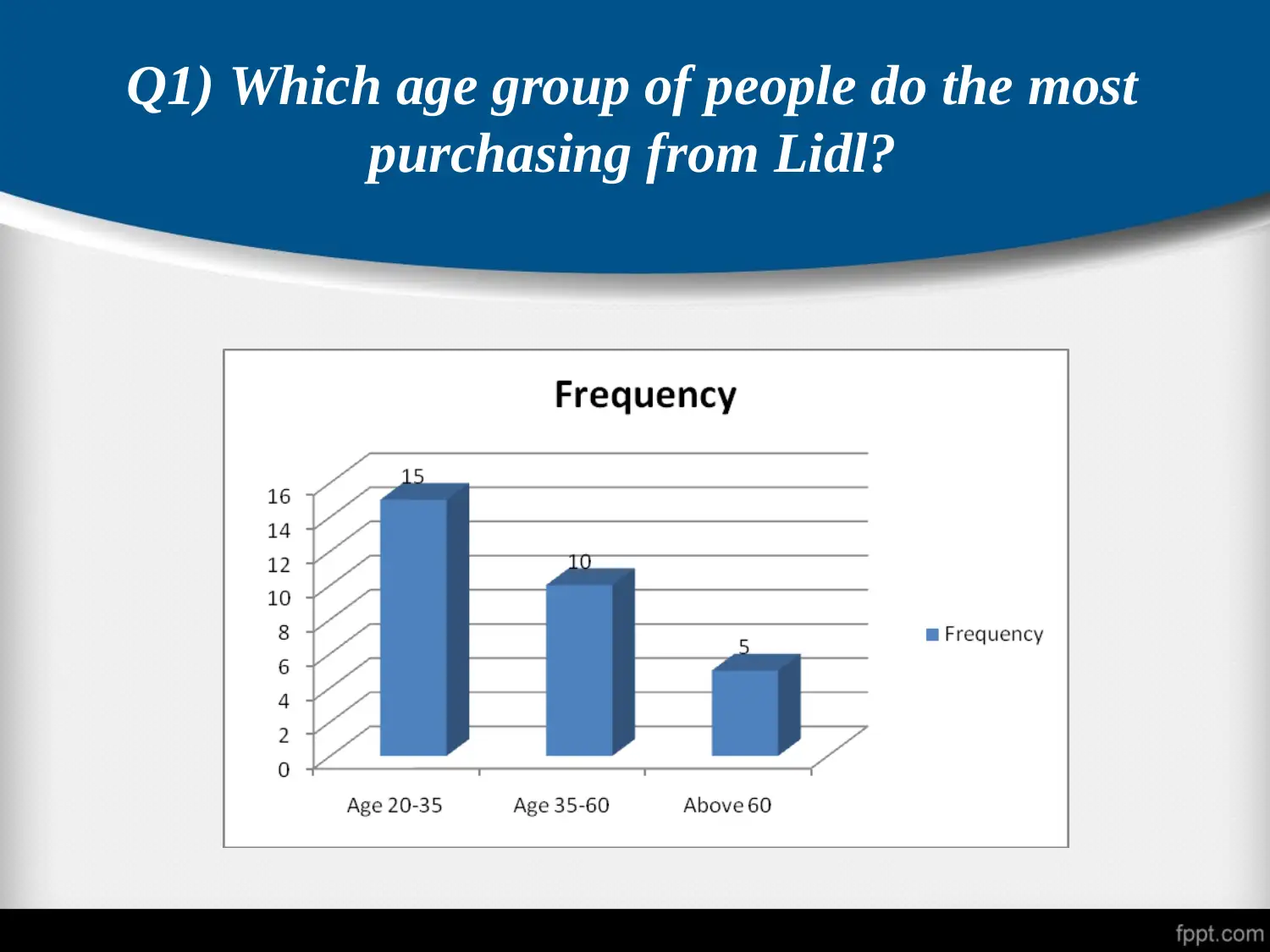
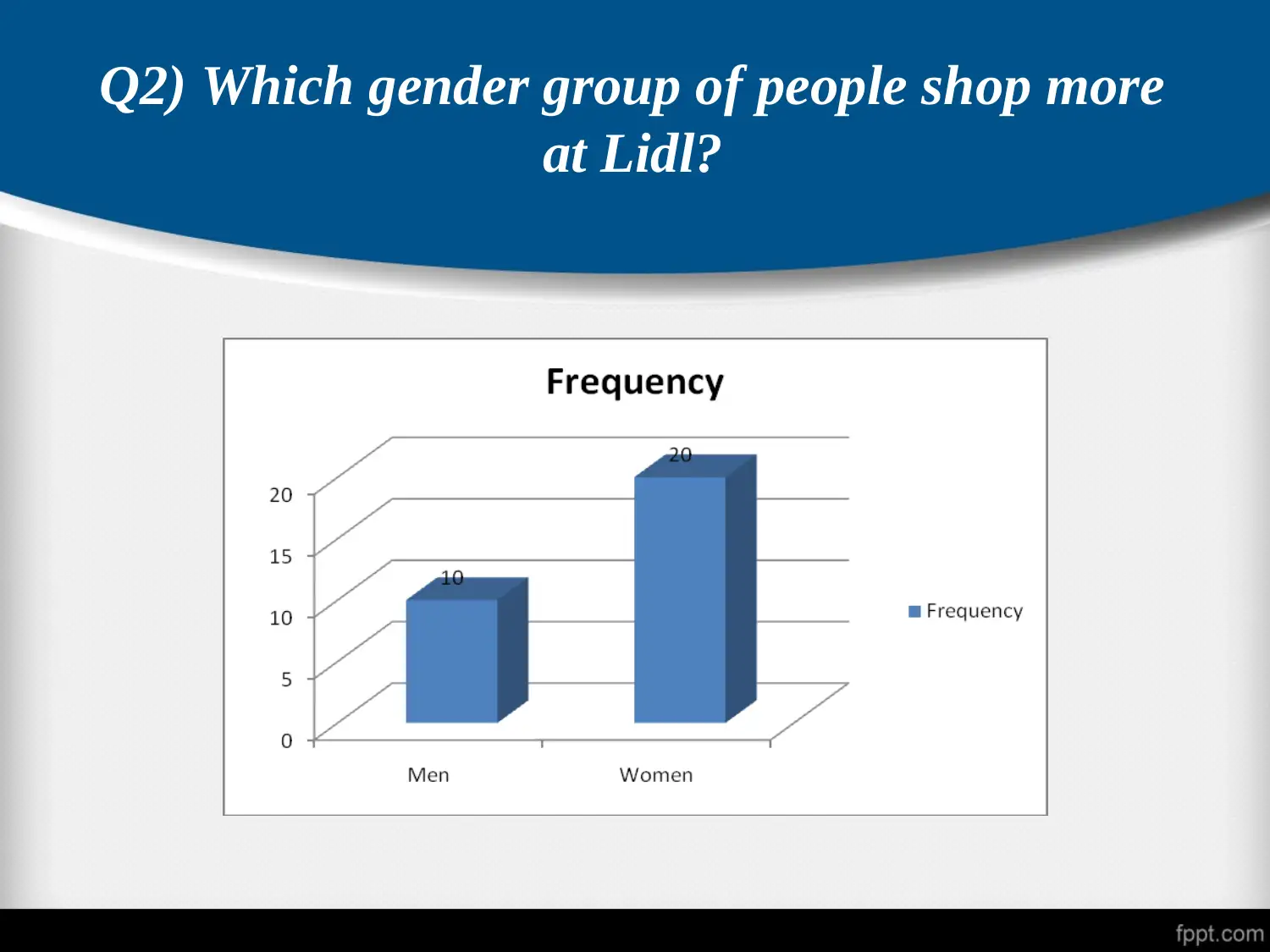
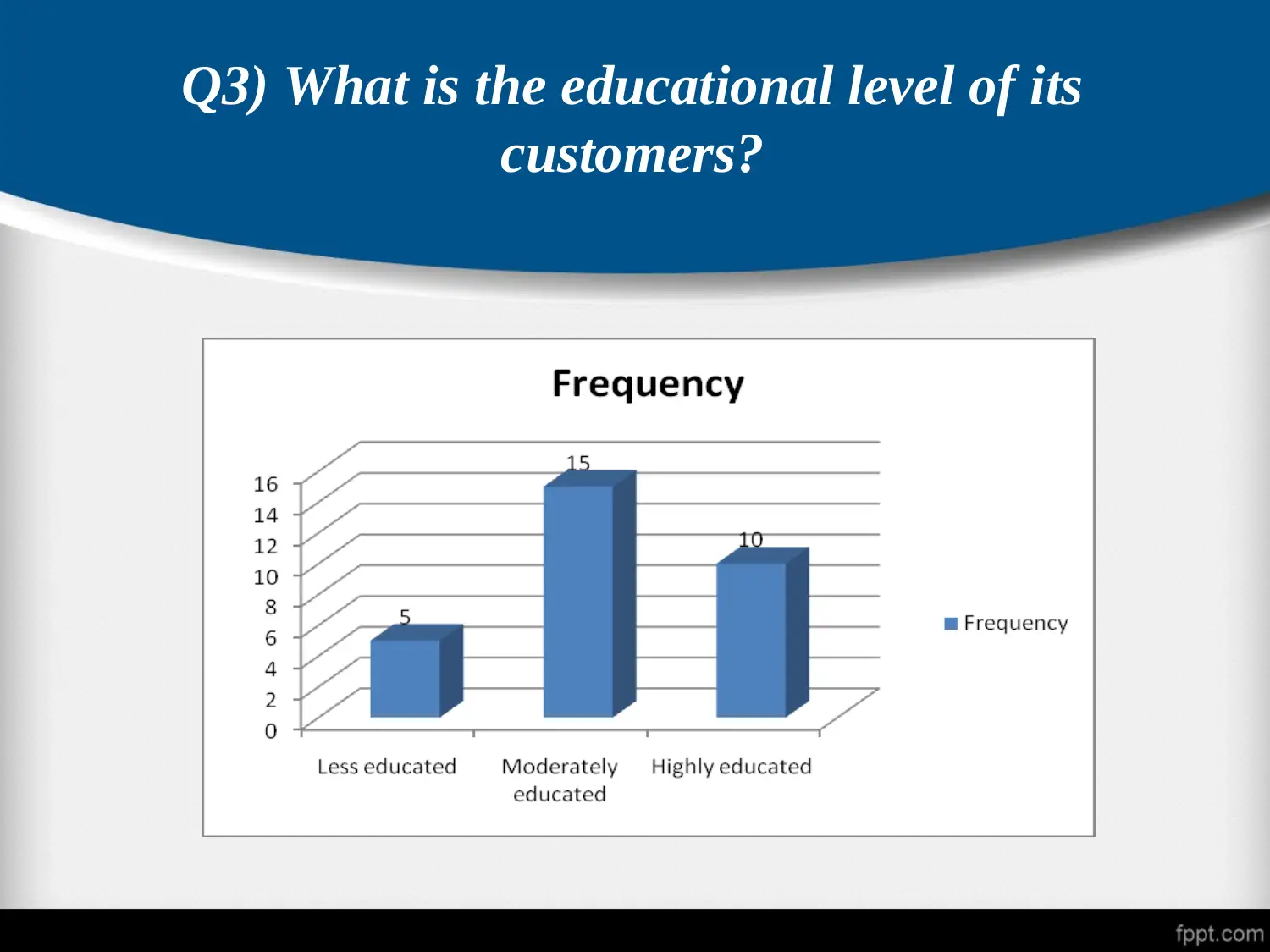

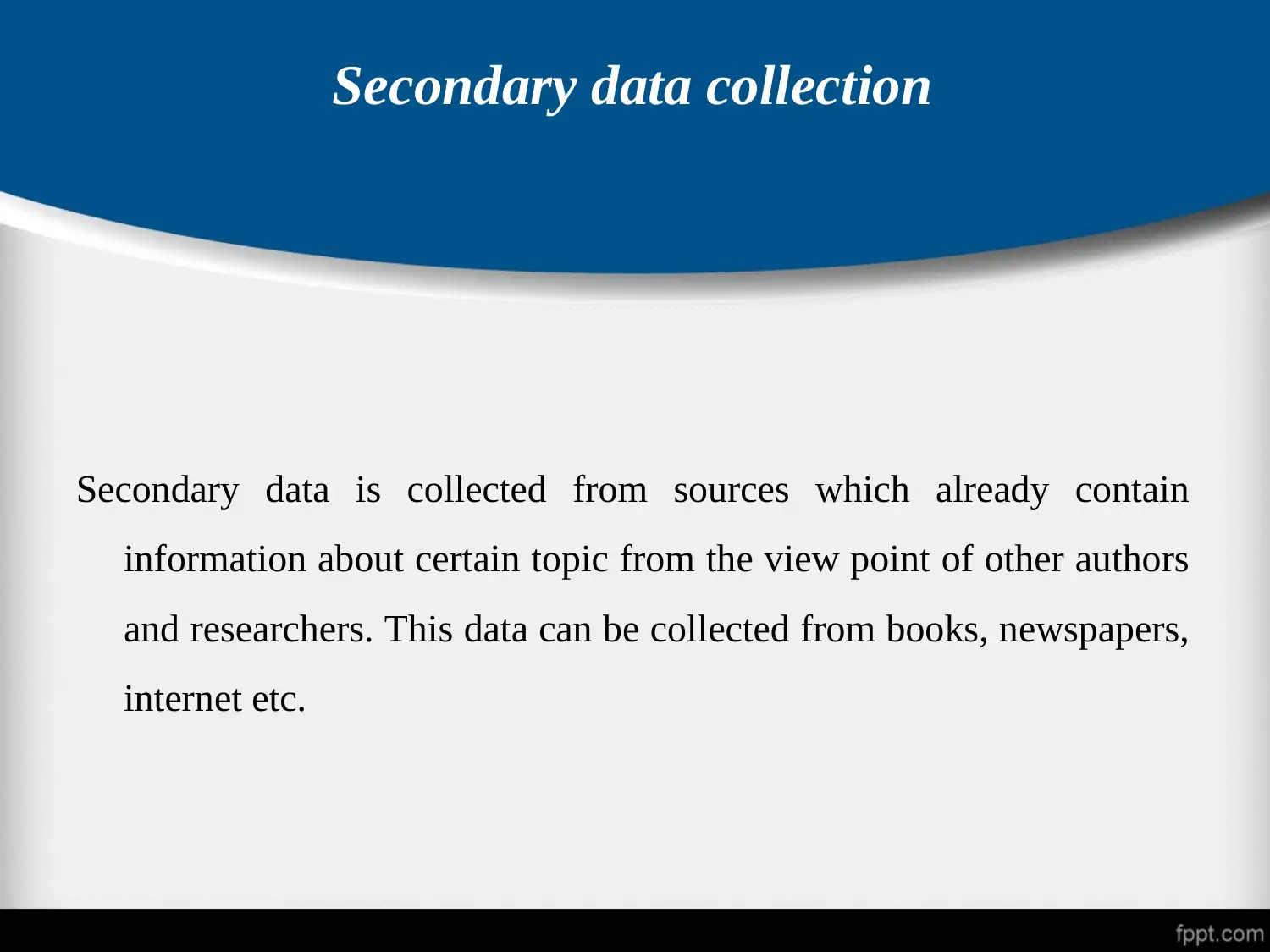
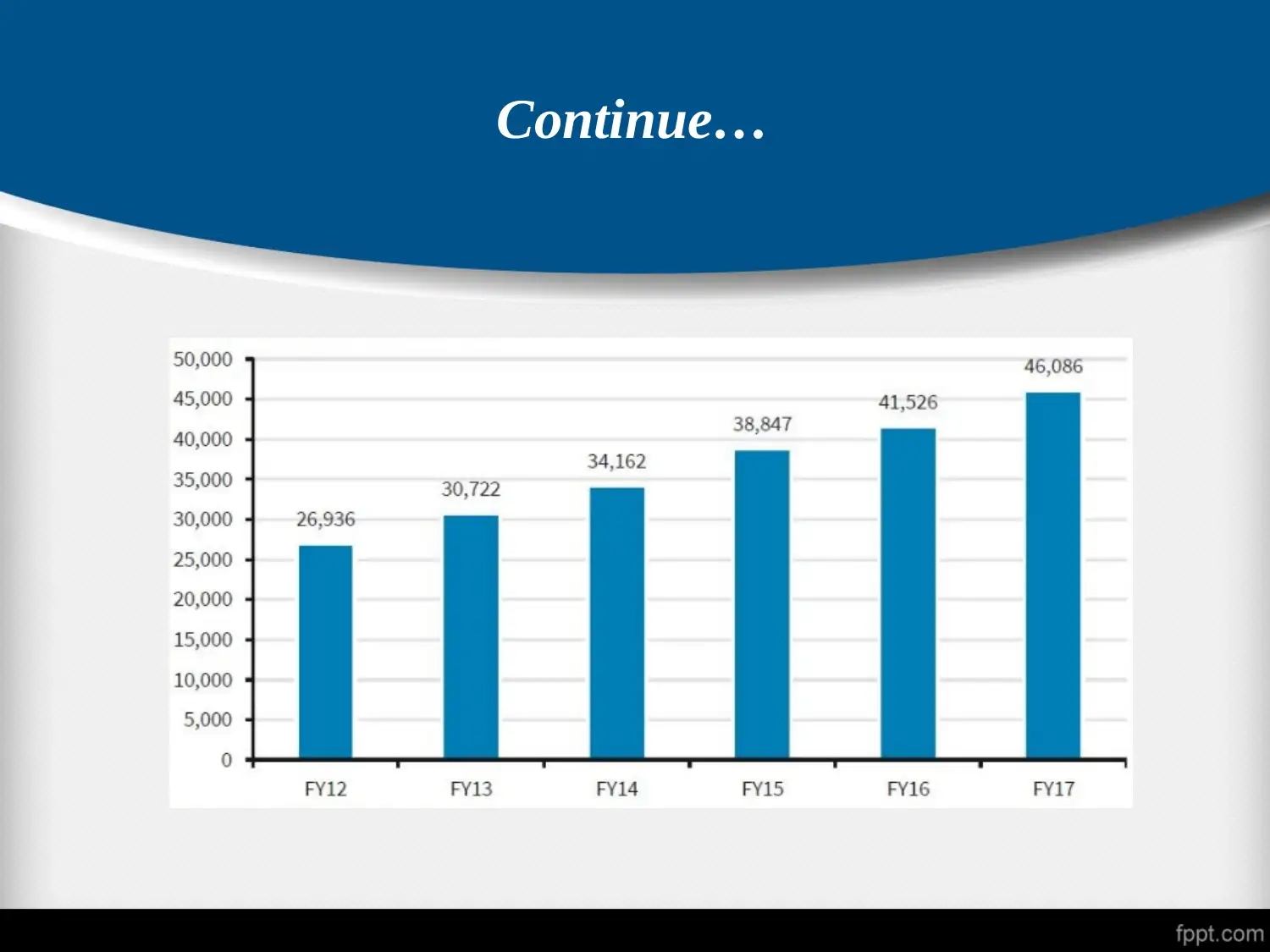
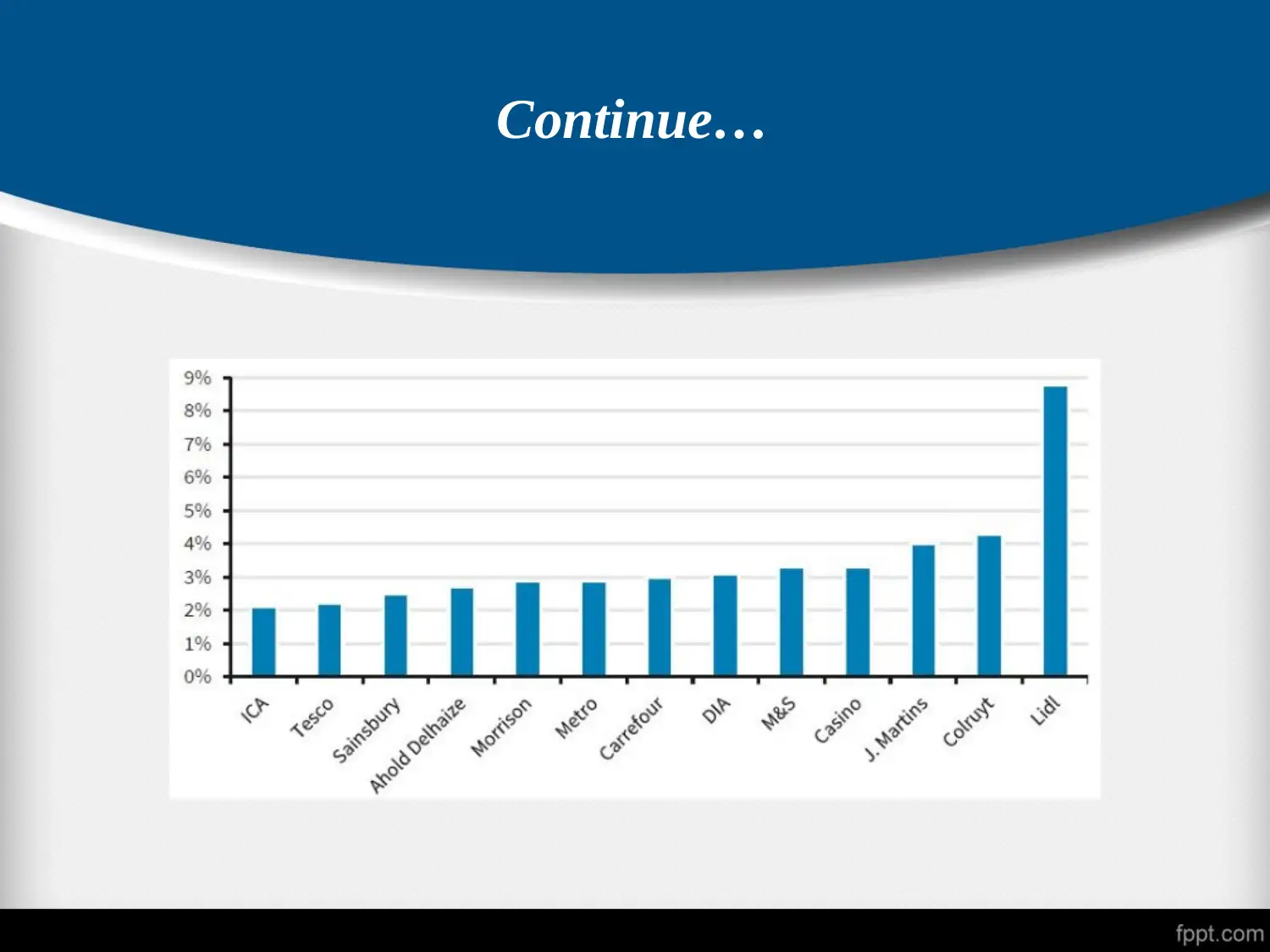





![[object Object]](/_next/static/media/star-bottom.7253800d.svg)